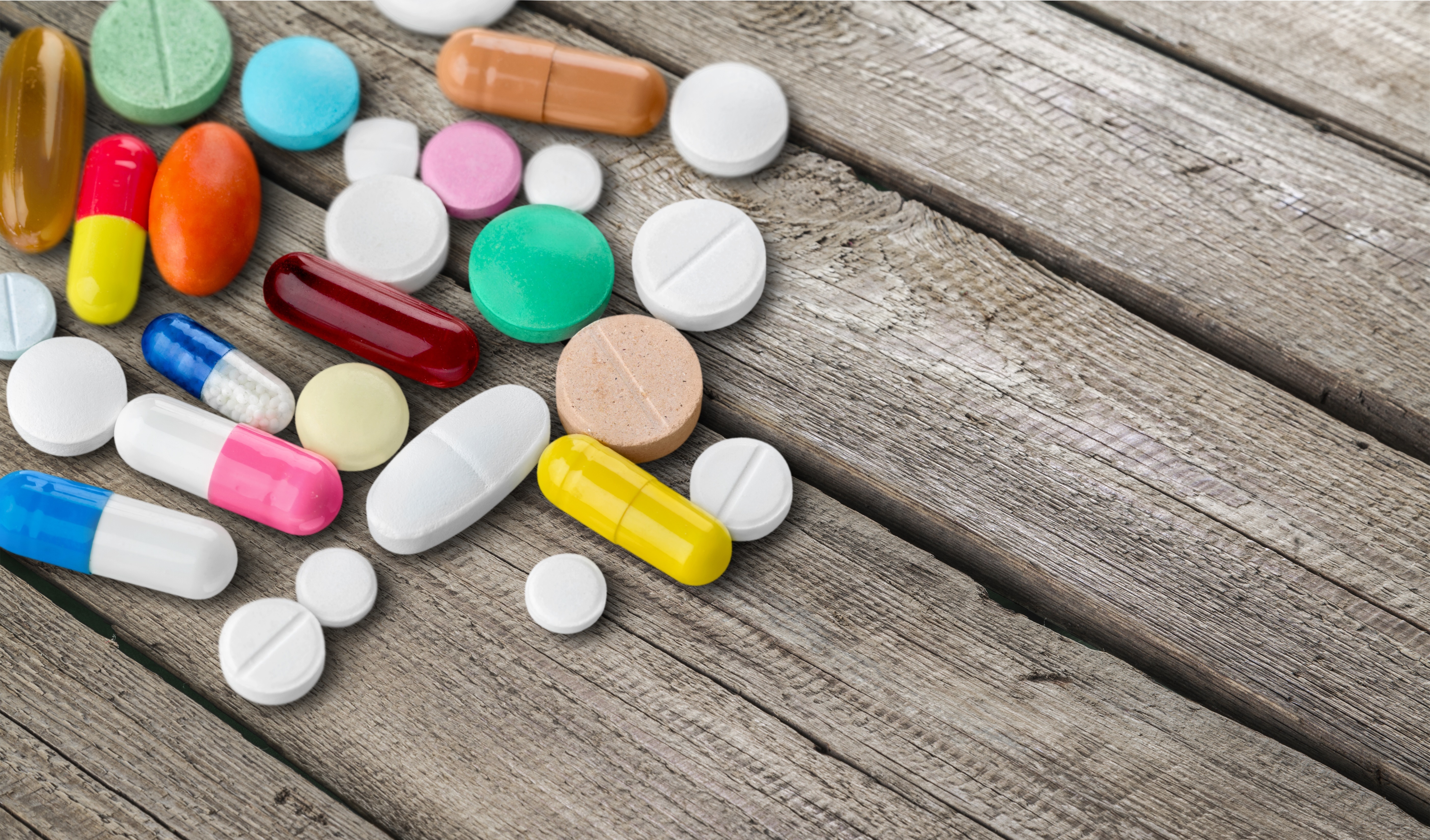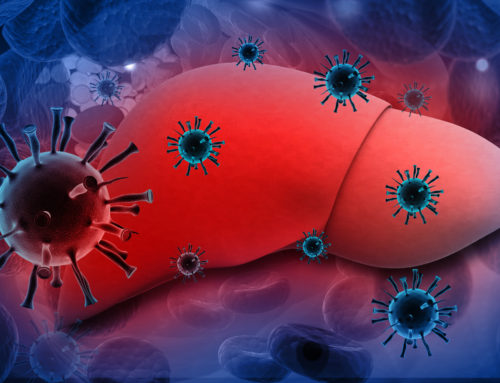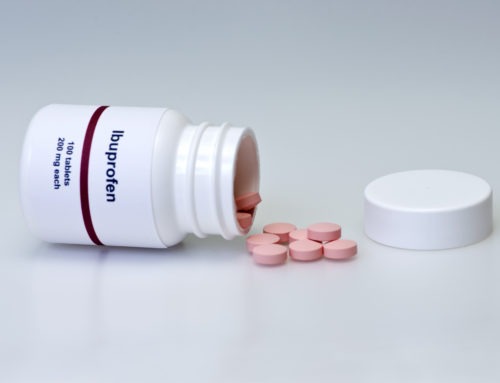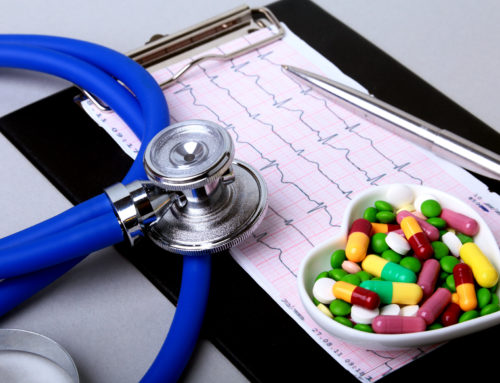New research, conducted by a research team from the University of Liverpool and Alder Hey Children’s Hospital, aims to help solve the problem of dose optimisation of children’s medicines.
Historically, there has been very little focus on paediatric clinical pharmacology, and there are still a lot of unknowns with regard to optimally delivering medicines to children.
In many paediatric populations worldwide the proportion of children who are overweight and obese is increasing, but there is wide geographical variation (from 16.9 per cent in America to 0.5 per cent in Denmark).
The dosage of many children’s drugs is based on total body weight (TBW), but unfortunately obesity can cause problems establishing the best dose.
After a drug is absorbed into the bloodstream, it rapidly circulates through the body. As the blood recirculates, the drug moves from the bloodstream into the body’s tissues.
Once absorbed, most drugs don’t spread evenly throughout the body. Drugs that dissolve in water (water-soluble drugs) tend to stay within the blood and the fluid that surrounds cells. Drugs that dissolve in fat (fat-soluble drugs) tend to concentrate in fatty tissues. Some drugs accumulate in certain tissues which can also act as reservoirs of extra drug.
The researchers, led by Dr Dan Hawcutt, one of only six trained paediatric clinical pharmacologists in the country, examined growth hormone, which is an expensive medicine routinely prescribed in the NHS to children.
The study, published in PLoS ONE, looked at the doses of growth hormone children received, and then examined how much they grew (the beneficial effect) and how much they make of a protein called IGF-1 (which may be associated with harmful effects in later life if the levels are too high).
The beneficial effects were related to dose, but for the heaviest children with the largest BMI, there was a maximum effect – no more height could be gained. However, increased weight and therefore dose continued to increase the levels of IGF-1.
Dr Hawcutt explained, ‘Our study shows that using newer dosing methods may actually help those with the lowest and highest BMIs get the beneficial effects while potentially minimising the harmful effects.
‘In addition, these dosing strategies could save the NHS a considerable amount of money. This research paves the way for clinical trials to establish which is the most effective and safe growth hormone dosing strategy for children and young people.
‘This research underlines the important strategic partnership between one of Europe’s largest children’s hospitals and the University Liverpool which enables important discoveries in better, safer medicines for children. The Liverpool Paediatric Medicines Research Unit is an important resource in the city which through its interdisciplinary research programmes continues to improve medication safety and effectiveness in children and young people.’







